This Women’s History Month, we’re honoring sixteen extraordinary women who—through actions large and small—have played a leading role in protecting public lands and waters throughout California’s central coast region. Their stories inspire us and remind us that strength, determination, and tenacity are some of the best tools we can use to protect and defend the places we love.
This list is by no means exhaustive, and it focuses specifically on groundbreaking work protecting public lands and waters. We celebrate the many other women who have played important roles in this sphere, and in the environmental movement in general in our area, and we are grateful for their work.
Featured women are listed below in alphabetical order and include: Anne McMahon, Anne Van Tyne, Gloria Brown, Jan Hamber, Janine McFarland, Joy Parkinson, Julie Tumamait, Kathleen Goddard Jones, Linda Krop, Lois Capps, Marlene Braun, Mary Looby, Nancy Sandburg, Patricia Weinberger, Sally Reid, and Violet Sage Walker. (Please note, we were not able to obtain photographs of all the women highlighted in this feature.)












Anne McMahon: From Cambria to Carrizo
Santa Margarita (1952-2009)
Anne was a relentless crusader for environmental protection. She was a leader in conservation efforts that led to the creation of the 200,000-acre Carrizo Plain National Monument and acquisition of additional conservation lands in the region. Anne was also instrumental in the protection of the Irish Hills, safeguarding the last stand of Monterey pines in Cambria, and stopping massive development at Santa Margarita Ranch and Hearst Ranch. She combined grassroots activism with political strategy, wearing many hats to navigate the system. Anne served as a reporter for New Times, as a Congressional staffer, as an aide to former county supervisors, and as Federal Program Manager with the California Coastal Commission. Congresswoman Lois Capps paid tribute to Anne on the house floor following her death, praising her “relentless commitment to leaving the world a better place than she found it.”
Anne Van Tyne: “Grand Dame of the Environmental Movement”
Santa Barbara (1904-1993)
A nationally known wilderness advocate, Anne led a years-long campaign to protect a large swath of the San Rafael Mountains in Santa Barbara’s backcountry. Her efforts prompted Congress to pass a law in 1984 establishing the 70,000-acre Dick Smith Wilderness. Known locally as “the grand dame of the environmental movement,” she led countless hikes, helped organize the first forest land use committee for the local Sierra Club chapter in 1970, and guided a campaign to stop open pit phosphate mining on Pine Mountain. She opposed the Forest Service’s use of herbicides to clear fuelbreaks, addressed damage caused by unregulated off-road vehicles, ended competitive motocross races in the forest, and worked to halt over-development at Zaca Lake.
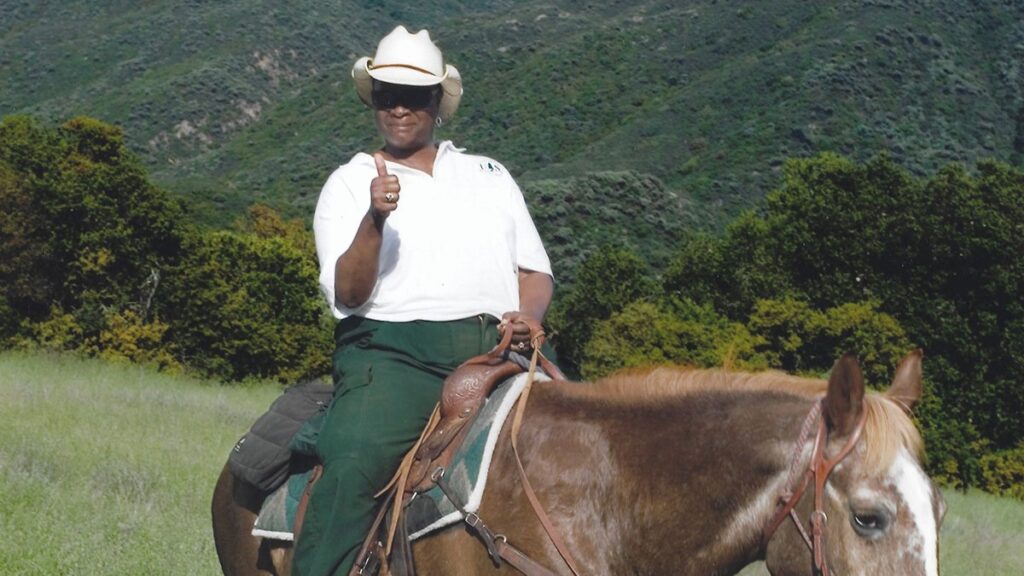
Gloria Brown: Black Woman in Green
Goleta (1951-2021)
Gloria served with the U.S. Forest Service from 1974 to 2007 and was the first Black woman forest supervisor. She began as a dictation transcriptionist in the Washington Office and worked her way up the ranks as supervisor of the Siuslaw National Forest, eventually retiring as Los Padres National Forest supervisor in 2007. During her tenure here, she scaled back a proposal by her predecessor to expand oil drilling in the forest, approved the removal of a defunct dam on a tributary to the Sisquoc River, and imposed a policy to prepare environmental assessments before timber and vegetation could be removed (a policy that has since been revoked). After her retirement, she co-authored Black Woman in Green: Gloria Brown and the Unmarked Trail to Forest Service Leadership, a detailed account of her commitment to public service.
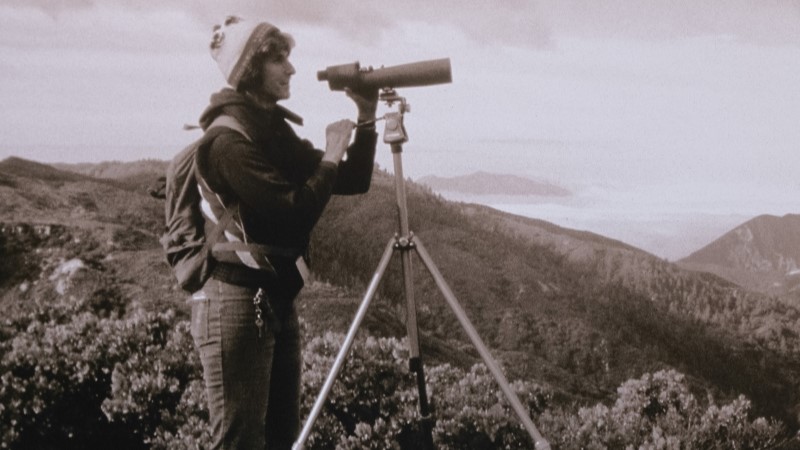
Jan Hamber: Champion of the Condors
Santa Barbara
Jan is a wildlife biologist who has worked to bring endangered California condors back from the brink of extinction since 1976. She has spent thousands of hours in the field monitoring condor nests and tracking the movements of the endangered birds. Hamber was the biologist who tracked the last known California condor in the wild, placing the phone call that led to its capture at the beginning of the successful captive breeding program that saved condors from becoming extinct in the 1980s. Jan was one of the founders of the Audubon Society’s Santa Barbara chapter, and serves as curator of the California Condor Archives at the Santa Barbara Museum of Natural History, the most comprehensive database of information on condors. Hamber was one of the biologists featured in the 2013 documentary The Condor’s Shadow. She was named a Local Hero by the Santa Barbara Independent and received the Trailblazing Women in Science Award from the United States Fish and Wildlife Service, in recognition of her work on California condor conservation.
Janine McFarland: Forest Archaeologist & Whistleblower
Goleta
Janine worked as an archaeologist with the U.S. Forest Service, and her studies helped us better understand the relationship of the Chumash people to the land. She identified and protected sensitive cultural sites and landscapes from damage caused by commercial livestock grazing, with a particular emphasis on the Sierra Madre Ridge. Janine was also steadfast in reporting sexual harassment and discrimination within the agency, serving as a whistleblower and filing more than two dozen complaints that led to Congressional hearings and investigations, making her the subject of retaliation and threats to her personal safety. Janine has received awards from the American Rock Art Research Association and the Society for California Archaeology for her significant contributions to the conservation and protection of rock art in Los Padres National Forest.
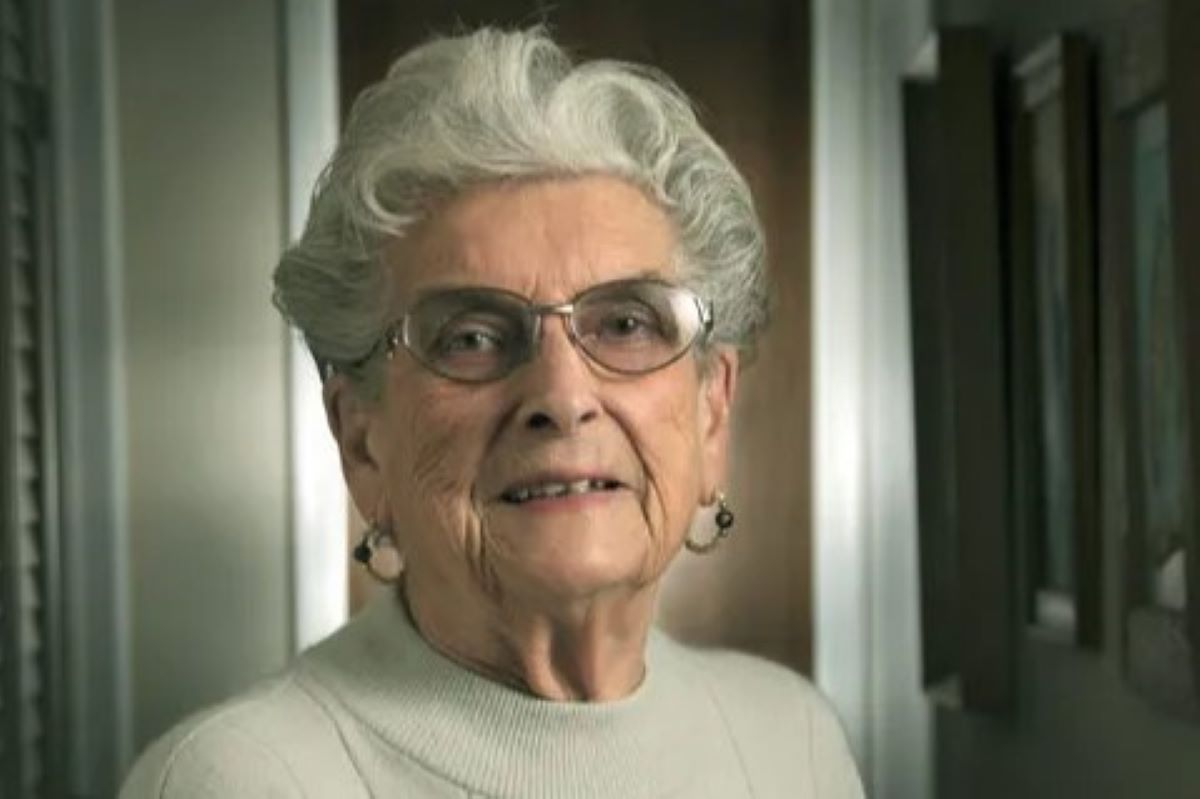
Joy Parkinson: British Birder Extraordinaire
Santa Barbara (1924-2013)
Joy was a founding member of Santa Barbara Audubon and served as its President for many years, spearheading the organization’s response to the 1969 blowout and oil spill in the Santa Barbara Channel. She was instrumental in getting the land around Lake Los Carneros dedicated as a county park after it was threatened by a subdivision and golf course. She organized a campaign supporting passage of the Wilderness Act of 1964, and was invited to provide input to legislators as they crafted the National Environmental Policy Act, one of our nation’s bedrock environmental laws. Joy and her colleagues also worked to prevent the paving of Sierra Madre Ridge Road, saving the Santa Barbara backcountry—and a condor sanctuary—from an influx of car traffic. She was the first director of the Coastal Resource Information Center, chartering numerous trips to the Channel Islands and advocating for their protection as a National Park.
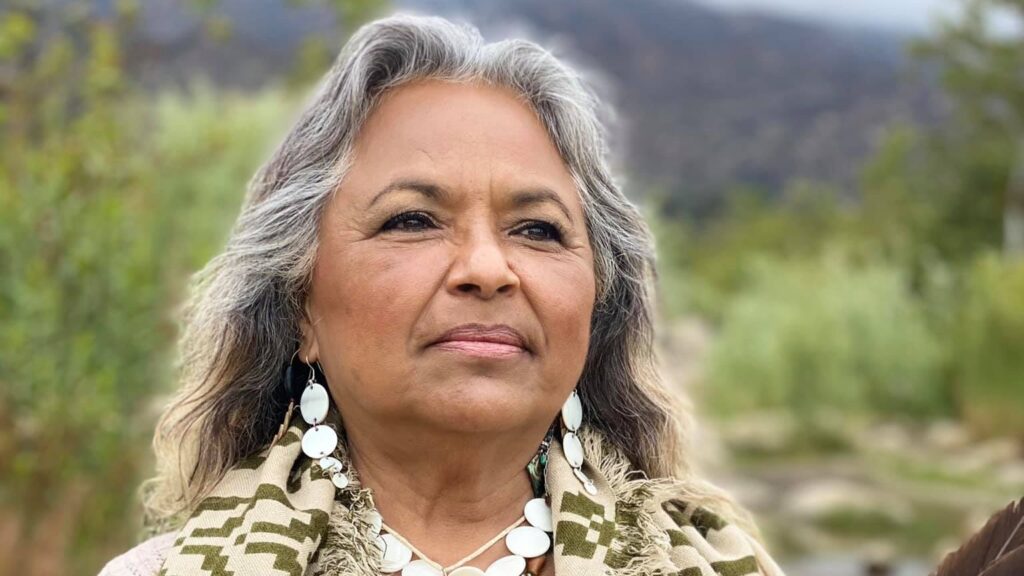
Julie Tumamait: Chumash Elder, Storyteller, and Educator
Ojai Valley
Julie’s ancestors were raised in the Chumash village of Matilija, and she is well-known for her Chumash cultural education programs with local schools and community groups. She is the founder and former Chair of the Barbareno/Ventureno Band of Mission Indians and currently serves on the board of the Ojai Museum and the Ventura County Museum. Julie served for many years on California’s Native American Heritage Commission, and was recognized as Ventura County Woman of the Year in 2017. In her various roles as an Elder, storyteller, educator, artist, archaeological monitor, and consultant, she has worked tirelessly to protect culturally important landscapes throughout Los Padres National Forest.
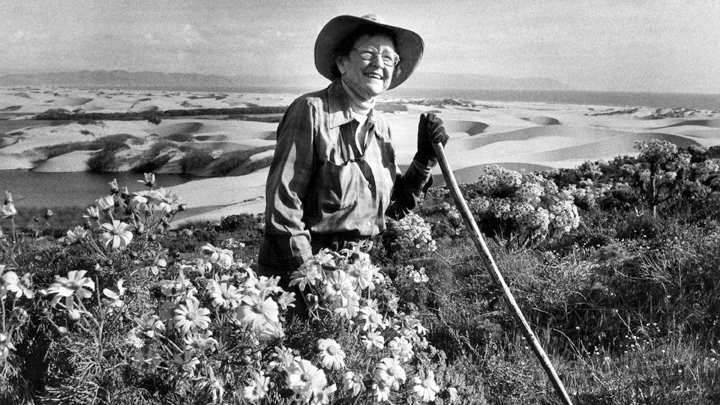
Kathleen Goddard Jones: Defender of the Dunes
Santa Barbara & Paso Robles (1907-2001)
Kathleen helped found two local Sierra Club chapters, where she attended hearings and proved testimony in support of the San Rafael Wilderness, the Ventana Wilderness, and the Santa Lucia Wilderness. Her most important efforts led to the preservation of the Guadalupe-Nipomo Dunes. In the early 1960s, Kathleen saw a newspaper article announcing that a utility company had purchased dune land for a nuclear power plant. That article sparked her 13-year campaign to preserve the dunes, ultimately resulting in PG&E converting the land to a park in 1974.
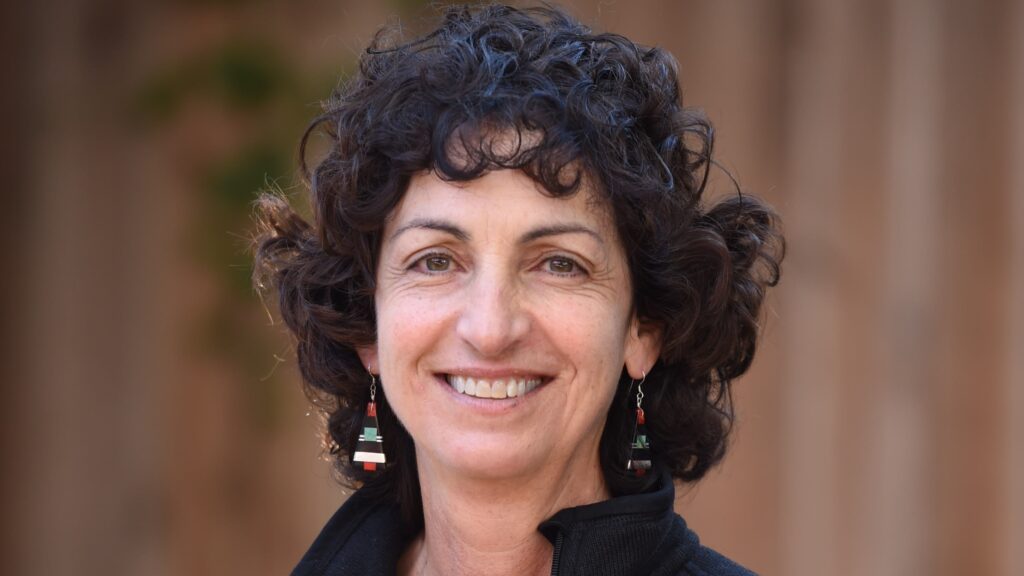
Linda Krop: A Force of Law
Santa Barbara
Linda has served as Chief Counsel at the Environmental Defense Center since 1999 where she and her legal team represent community groups seeking to protect coastal, open space, and natural resources. She has protected the Santa Barbara Channel by defeating several oil and gas development proposals and compelling the retirement of forty federal offshore leases; saved coastal open spaces from development at Ellwood Mesa, Carpinteria Bluffs, and Hearst Ranch; preserved lands abutting Los Padres National Forest at Sedgwick Ranch and Rancho La Laguna; and served on the Channel Islands National Marine Sanctuary Advisory Council for fifteen years, where she advocated for the first network of marine reserves. Linda teaches Environmental Law at UCSB, inspiring the next generation of environmental lawyers.

Lois Capps: A Conservation Congresswoman
Santa Barbara
Congressmember Lois Capps served as the federal representative for central coast communities for nearly two decades. Her record is exemplary: she introduced legislation that led to the establishment of the Carrizo Plain National Monument, to ban oil drilling in the Los Padres National Forest, to stop the Adventure Pass, to study the feasibility of a Gaviota Coast National Park, and to expand the network of wilderness areas and wild and scenic rivers in Los Padres National Forest. She has been a strong ally on behalf of our environment, supporting land conservation initiatives and opposing misguided attempts to roll back America’s bedrock environmental protection laws. These accomplishments and more earned the Congresswoman a 95% lifetime score from the League of Conservation Voters.
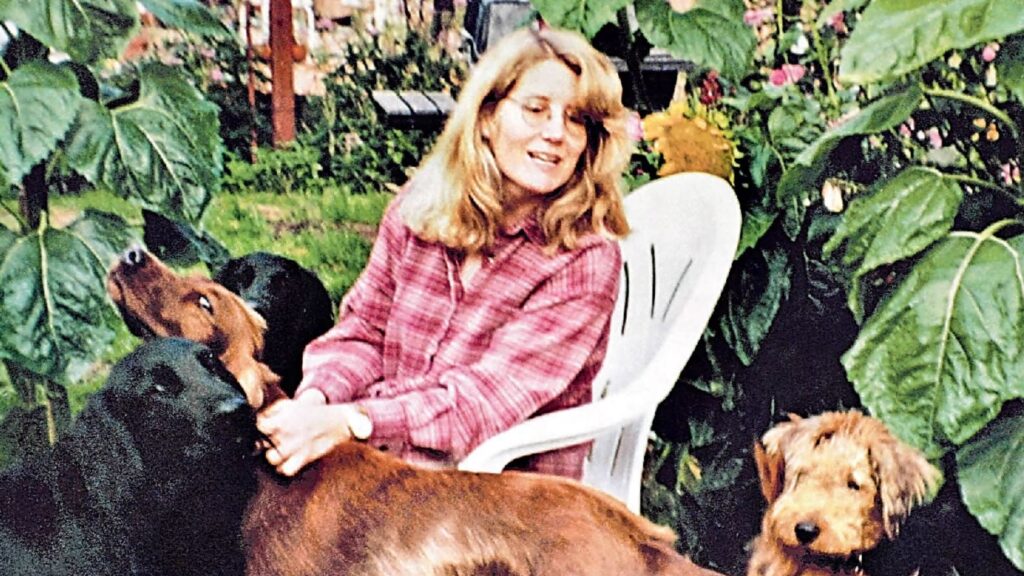
Marlene Braun: A Lasting Legacy for the Carrizo Plain
Carrizo Plain (1959-2005)
Marlene served as the first Manager for the Carrizo Plain National Monument, tasked with developing a resource management plan that prioritized conservation over the traditional “multiple use” model—putting the health of native plants and animals ahead of commercial grazing operations and other resource development. She came to the Carrizo with thirteen years of experience working with the Bureau of Land Management, an advanced degree in soil science, and a desire to improve conditions on the ground. Marlene worked with her team to prepare a science-based management plan, but a change of administrations in Washington DC and a new supervisor prompted a reassignment of her duties amidst an onslaught of harassment and bullying. The situation became intolerable, and Marlene took her own life at work one day, on the land she loved so dearly. Five years after her death, the new management plan was approved, limiting grazing within the Carrizo Plain National Monument, for the most part, to vegetation management for the benefit of native species, and marshalling in a new era of conservation in keeping with Marlene’s vision.
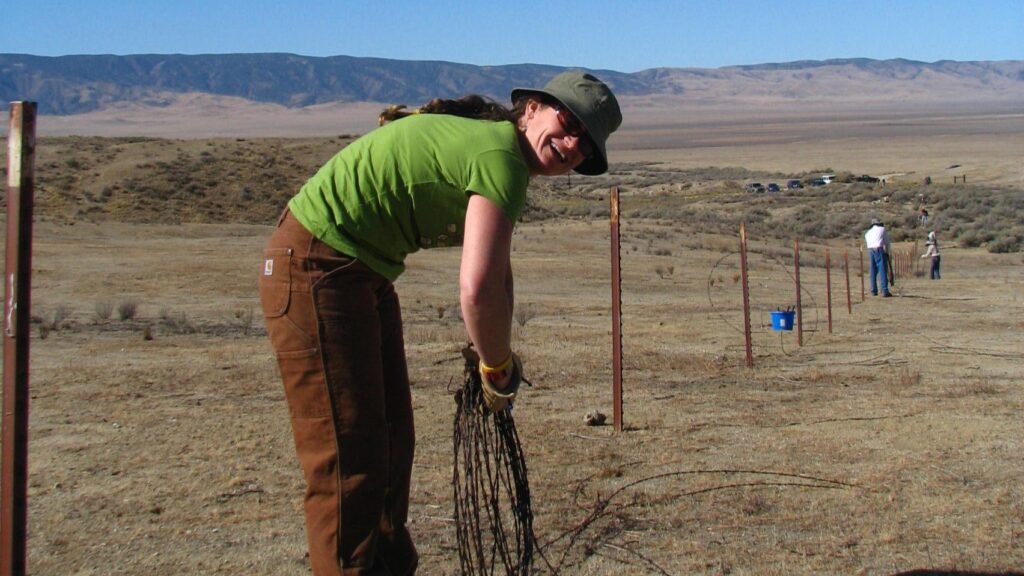
Mary Looby: A Mighty Volunteer
Ventura
Mary Looby has contributed thousands of volunteer hours in Los Padres National Forest. Pick any trail and she’s likely helped maintain it, protect it, or used it on a mission with the Upper Ojai Search and Rescue team, where she’s served on many missions in remote backcountry locales. She was recently recognized as Volunteer of the Year for Ventura County by the Ventura-Santa Barbara Chapter of the Association of Fundraising Professionals for her years of community service with groups like Los Padres ForestWatch, Ojai Raptor Center, Los Padres Forest Association, National Disaster Search Dog Foundation, Ventura County Fire Department, Ojai Valley Land Conservancy, and Ventura Land Trust.
Nancy Sandburg
Santa Barbara
Nancy served as a wildlife biologist with the U.S. Forest Service for two decades on the Mendocino, Tongass, Rio Grande, and Los Padres National Forest. She received several awards for her work, including a certificate of merit from the Forest Service Chief, and had an exemplary record. However, she became the subject of harassment and retaliation by her superiors after reporting illegal bulldozing by Forest Service employees that destroyed stream habitat and killed hundreds of endangered frogs and toads. Nancy was suspended for two weeks after talking to a news reporter, who wrote several unflattering stories about the culture of harassment in the Forest Service. Nancy left a legacy of accountability and integrity, making personal and professional sacrifices in defense of waterways and wildlife.
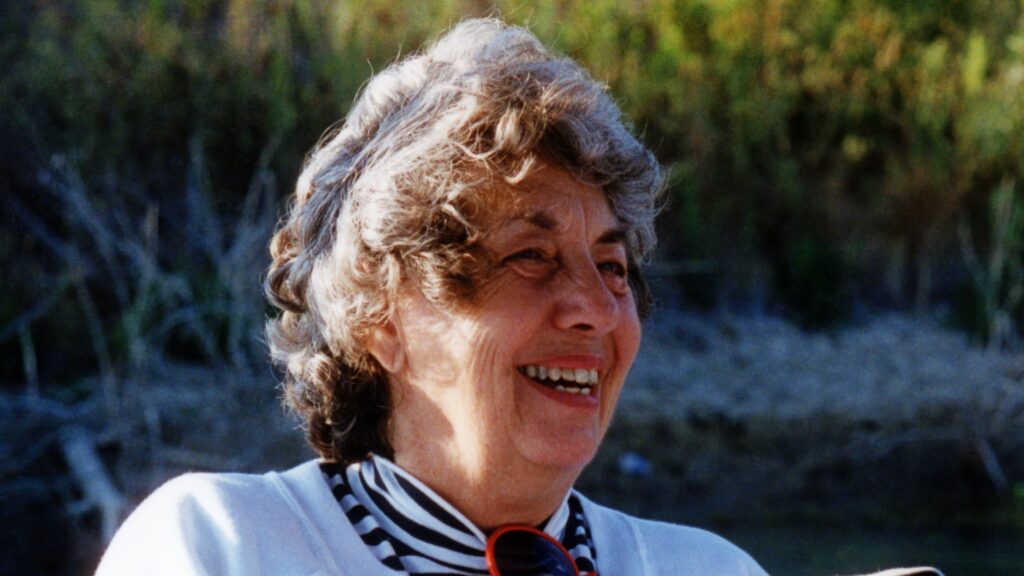
Patricia Weinberger: Defender of Pine Mountain & Ojai
Ojai (1923-2016)
An Ojai resident since the 1960s, Pat worked tirelessly to protect her town’s character and the sanctity of its backcountry. She stopped the expansion of a freeway through Ojai, was instrumental in protecting the Lake Casitas watershed from construction of 10,000 homes, and led opposition to a proposal in the early 1970s to construct open-pit phosphate mines on the south slope of Pine Mountain. Pat founded and led two grassroots community organizations—Citizens to Preserve the Ojai, and the Ventura Environmental Coalition.
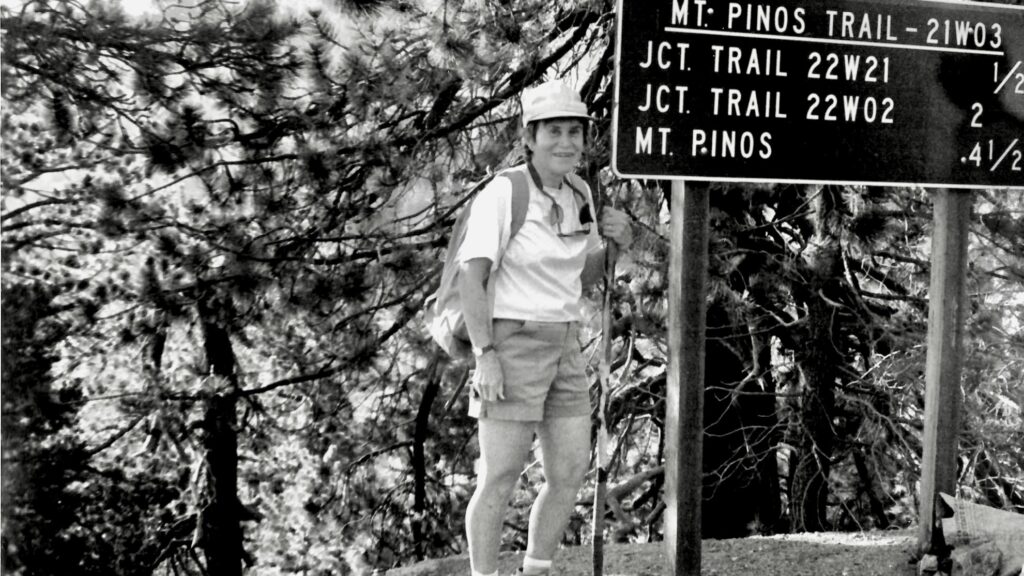
Sally Reid: A Wilderness Legend
Pine Mountain Club (1919-2002)
The late Sally Reid was one of the most important conservation leaders in our region for nearly three decades. She chaired the committee that developed proposals for new wilderness areas that ultimately were signed into law as the California Wilderness Act in 1984, establishing the Dick Smith and Machesna Mountain wilderness areas and significantly expanding the existing San Rafael and Ventana wilderness areas. And in 1992, Sally successfully fought for the creation of the Chumash, Sespe, and Matilija wilderness areas in Ventura County. The Los Padres National Forest would be a much different place were it not for Sally’s hard work and determination.
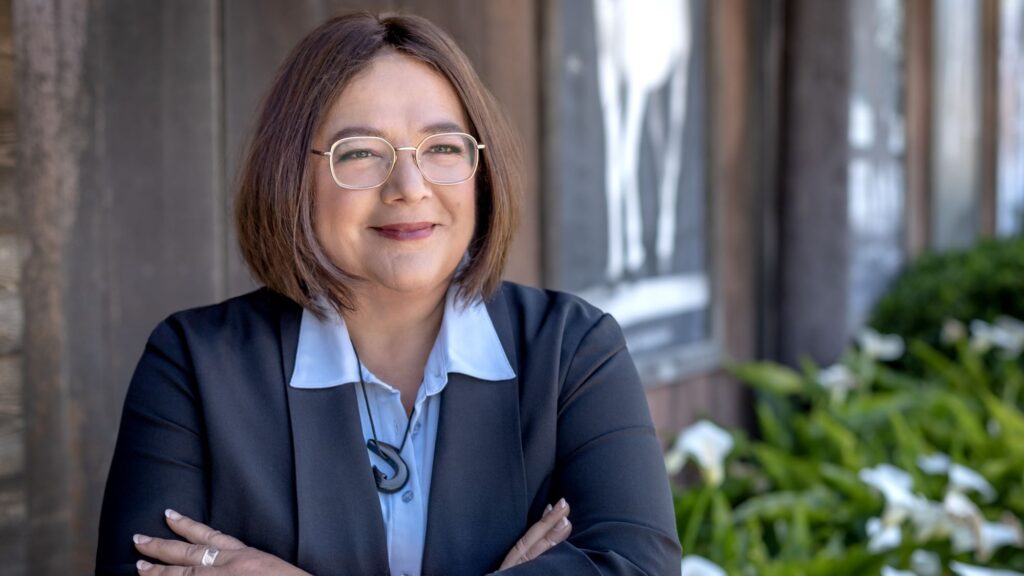
Violet Sage Walker: Ocean Protector
Guadalupe
Violet is the Tribal Chair of the Northern Chumash Tribal Council, and in that role, formally nominated the Proposed Chumash Heritage National Marine Sanctuary. She also helped oppose an attempt to remove the protected status of Carrizo Plain National Monument, and was recently appointed to the federal Ocean Research Advisory Panel. She continues her family’s long-standing legacy of protecting the central coast. Her connection to the Chumash land and sea runs deep, and she continues to work towards a greater understanding of what it means to take care of our place, be good stewards, and create community.







Comments are closed.